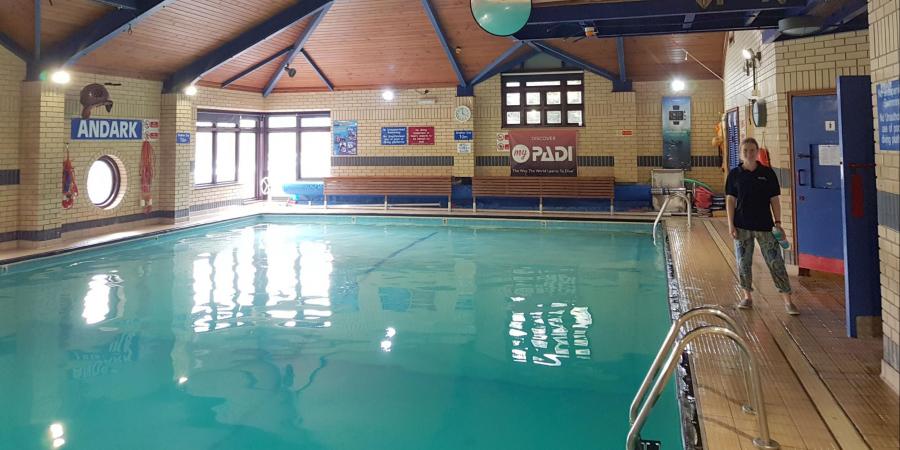Dani and I of the Coastal & Marine team completed our Certificate of Proficiency in Personal Survival Techniques (sea survival) at Warsash Maritime Academy, Southampton on July 19 2018.
The day was split between theory and lectures conducted in the classroom and with a pool session in the afternoon to put it all into practice. We were taught about the difficulties in sea survival including cold water shock, drowning, hypothermia and first aid in a survival environment. The class was shown drills on board a vessel and emergency signals that are used throughout the industry.
Next, we looked at the design of several different types of lifejackets and the benefits each one as well as how to correctly put them on and enter the water wearing one. Life rafts were also studied; how they are stowed, how to deploy them and what to do once the raft has been deployed. Before this course, I had not realised that a life raft held rations and tools to aid survival. In the classroom, we also discussed helicopter recovery techniques and location aids that are available in vessels or life rafts.
In the pool at Andark Diving & Watersports centre, we learned how to deploy a life raft and jumped off a 3-metre-high platform whilst wearing a life jacket. Our teams also practised airway protection techniques and how to conserve body heat, how to pair huddle and survival huddle with larger groups. We also mastered the challenging techniques of chain swimming in a large group before climbing into a life raft unaided from the water and utilising equipment provided in a life raft. Each of us then practised how to upright an over-turned life raft on our own.
All our skills were put to the test at the end of the pool session where an abandon ship drill was initiated. We had to work as a team in the darkness with simulated rain pouring down from the sprinklers. As a team we jumped off the ‘vessel’, huddled as a group, chain swam to our life raft and helped each other to board the life raft. Once aboard, we ran a head count and assessed for injuries before assigning two lookouts to keep watch. Once the ‘helicopter’ was spotted, we then chose the correct flare to attract its attention.
We had an amazing day and a lot of fun putting all that we had learned into practice. The instructors were brilliant and made us feel at ease. We would love to do it all again!
